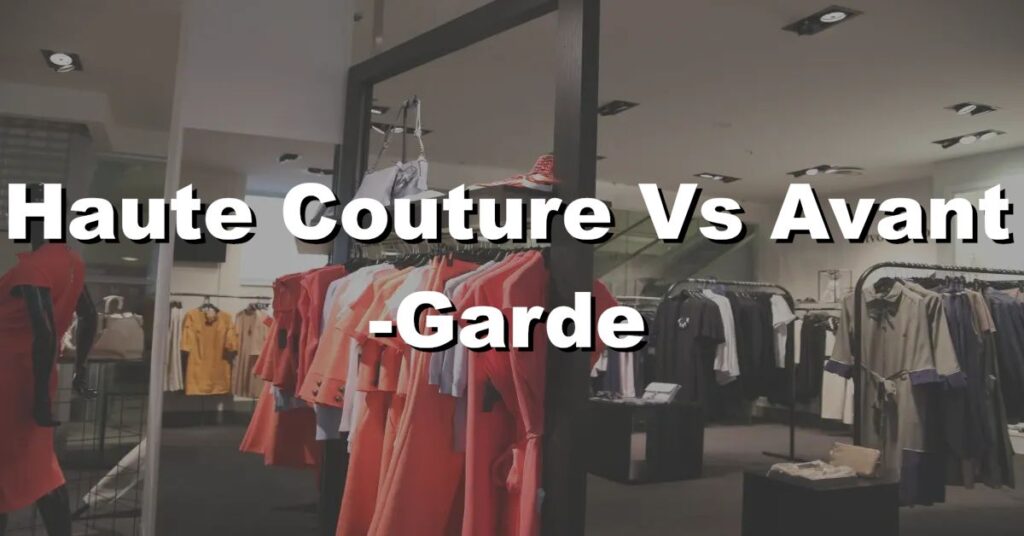The world of fashion is filled with various terminologies that can often be confusing. Two such terms are Haute Couture and Avant-Garde.
In this post, we dive into the differences between the two and how they shape the fashion industry.
The History of Haute Couture and Avant-Garde Fashion Movements
Haute couture and avant-garde fashion are two influential movements that have shaped the landscape of the fashion industry. Haute couture, meaning “high sewing” in French, originated in Paris in the mid-19th century. It refers to the creation of custom-made, luxurious, and meticulously crafted garments that showcase the highest level of craftsmanship and design.
Haute couture fashion houses adhere to strict criteria set by the Chambre Syndicale de la Haute Couture, ensuring the exclusivity and quality of their creations.
On the other hand, avant-garde fashion emerged as a rebellious and experimental movement in the early 20th century. Avant-garde, meaning “advanced guard” in French, encompasses innovative and unconventional designs that challenge traditional norms and push the boundaries of fashion.
Avant-garde designers strive to create conceptual and thought-provoking pieces that often defy conventional notions of wearability.
Understanding The Distinction Between Haute Couture and Avant-Garde Fashion
The distinction between haute couture and avant-garde fashion lies in their intentions, approaches, and target audiences. Haute couture focuses on exquisite craftsmanship, intricate detailing, and the creation of made-to-measure garments for affluent clients. It embodies the epitome of luxury, exclusivity, and tradition.
On the other hand, avant-garde fashion is characterized by its experimental nature, conceptual designs, and artistic expressions. Avant-garde designers seek to challenge conventional aesthetics and explore new possibilities in materials, techniques, and garment construction.
Avant-garde fashion often serves as a platform for designers to express their artistic vision and provoke social or cultural discussions.
Examples Of Designers and Fashion Houses Known for Their Haute Couture and Avant-Garde Creations
When it comes to haute couture, renowned fashion houses such as Chanel, Dior, Givenchy, and Valentino are synonymous with exquisite craftsmanship, timeless elegance, and luxurious designs. These houses have a long-standing history in creating breathtaking couture pieces that are worn by celebrities, royalty, and high-profile individuals.
In the realm of avant-garde fashion, designers like Alexander McQueen, Iris van Herpen, Rei Kawakubo of Comme des Garçons, and Rick Owens are celebrated for their boundary-pushing creations.
Their avant-garde designs challenge traditional notions of fashion, embracing unconventional materials, innovative techniques, and non-conformist aesthetics. These designers are recognized for their artistic vision and ability to provoke and inspire with their unique and thought-provoking pieces.
Both haute couture and avant-garde fashion have played significant roles in shaping the fashion industry and pushing creative boundaries. While haute couture celebrates the tradition and craftsmanship of luxury fashion, avant-garde fashion pushes the envelope of creativity and challenges the status quo, allowing designers to explore new artistic frontiers.
Conclusion
In conclusion, haute couture and avant-garde fashion are both forms of high fashion that push boundaries and challenge traditional ideas of beauty and style.
However, haute couture typically refers to high-end, custom-made garments, while avant-garde refers to experimental, often unconventional designs.

